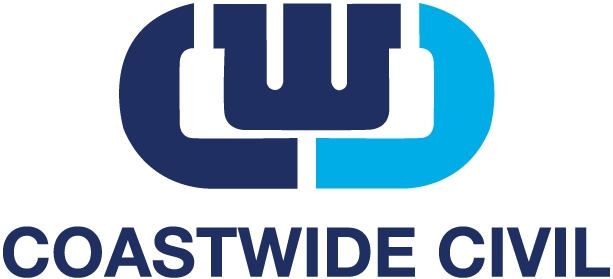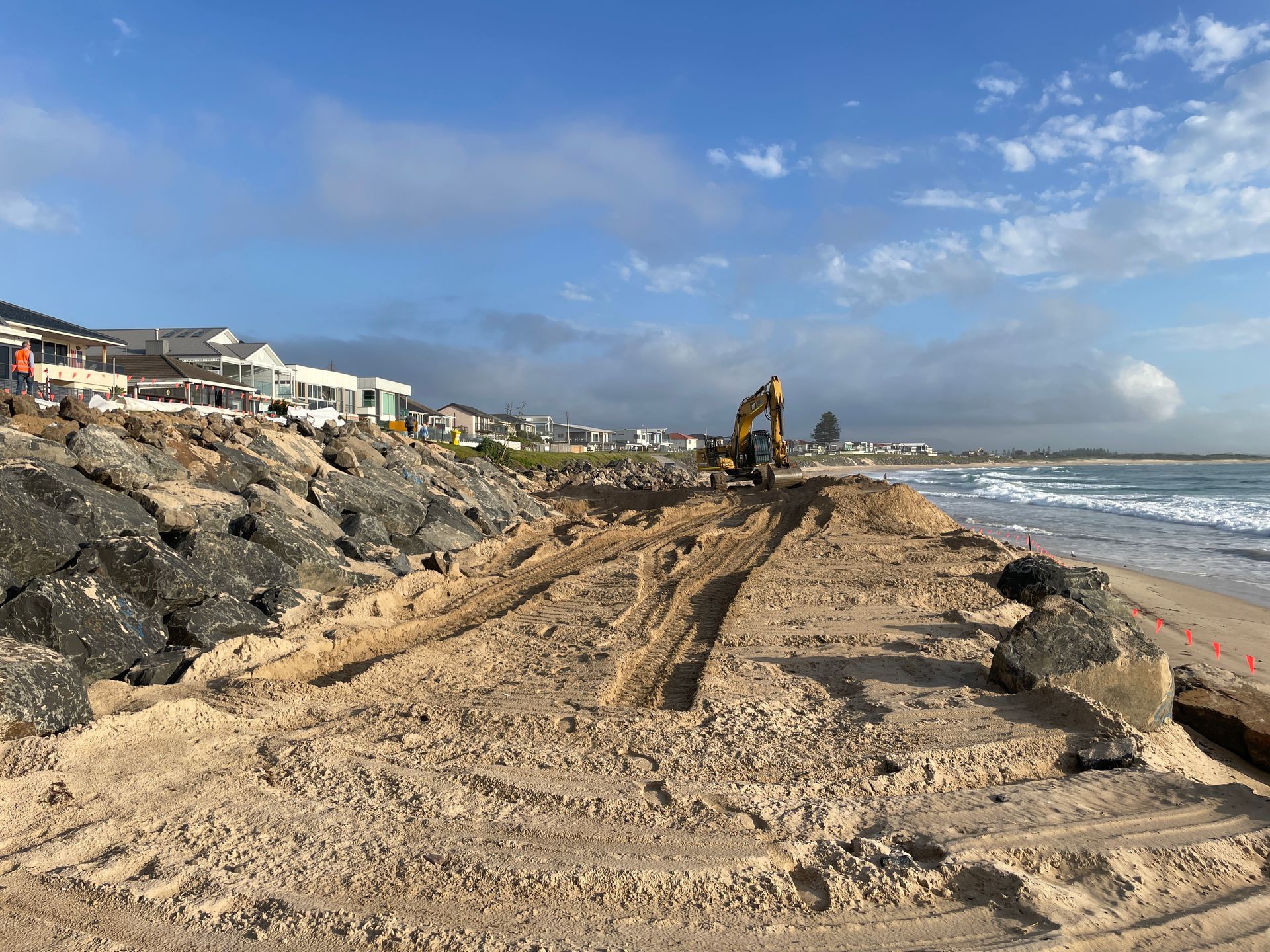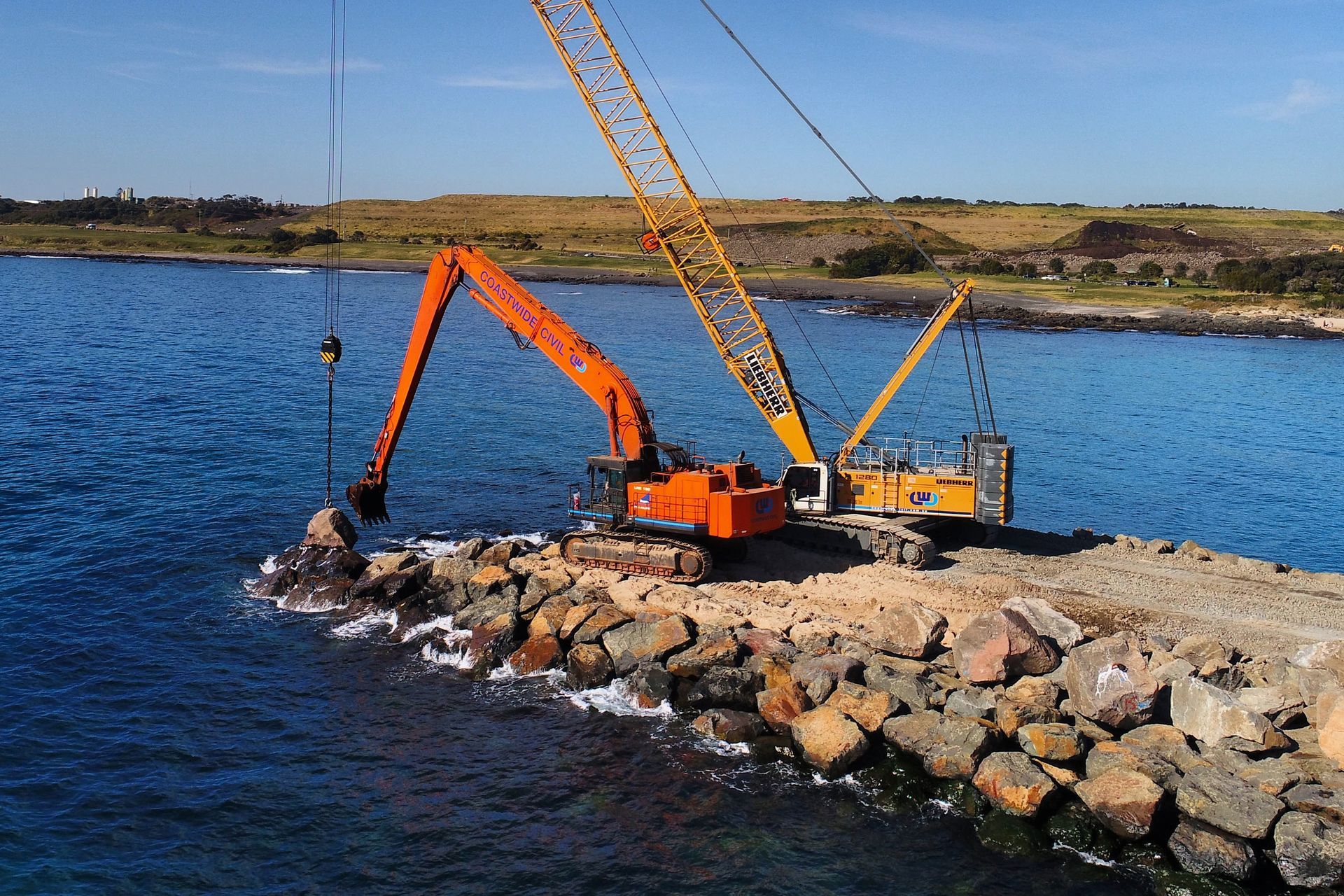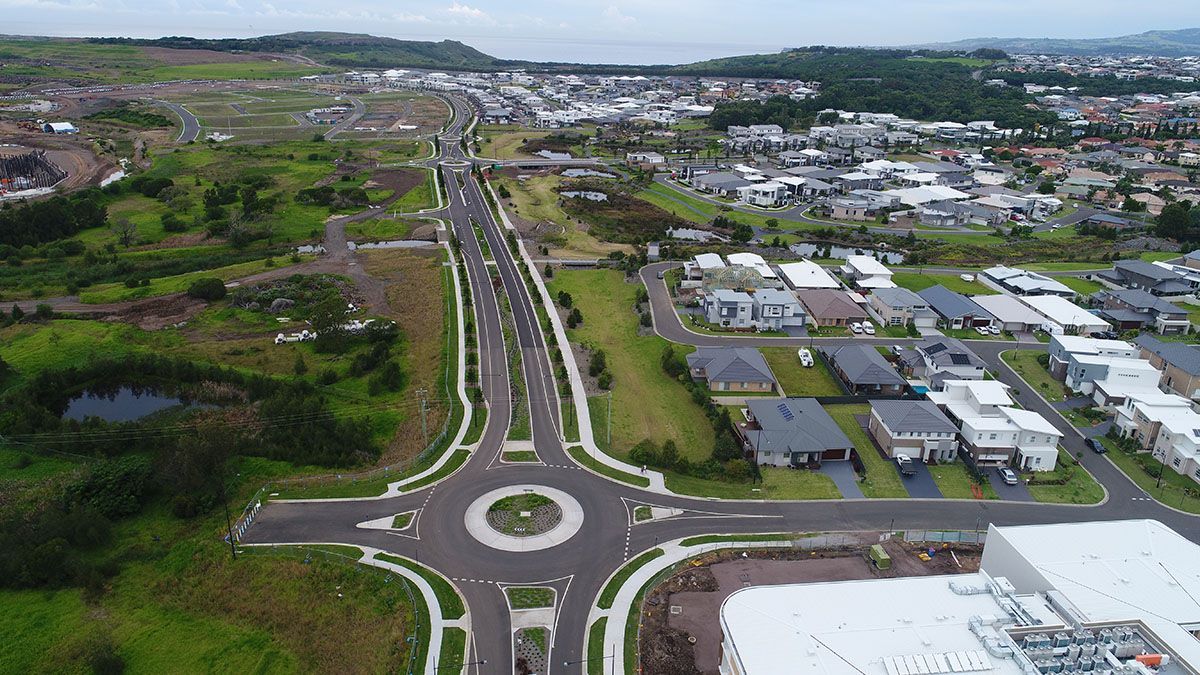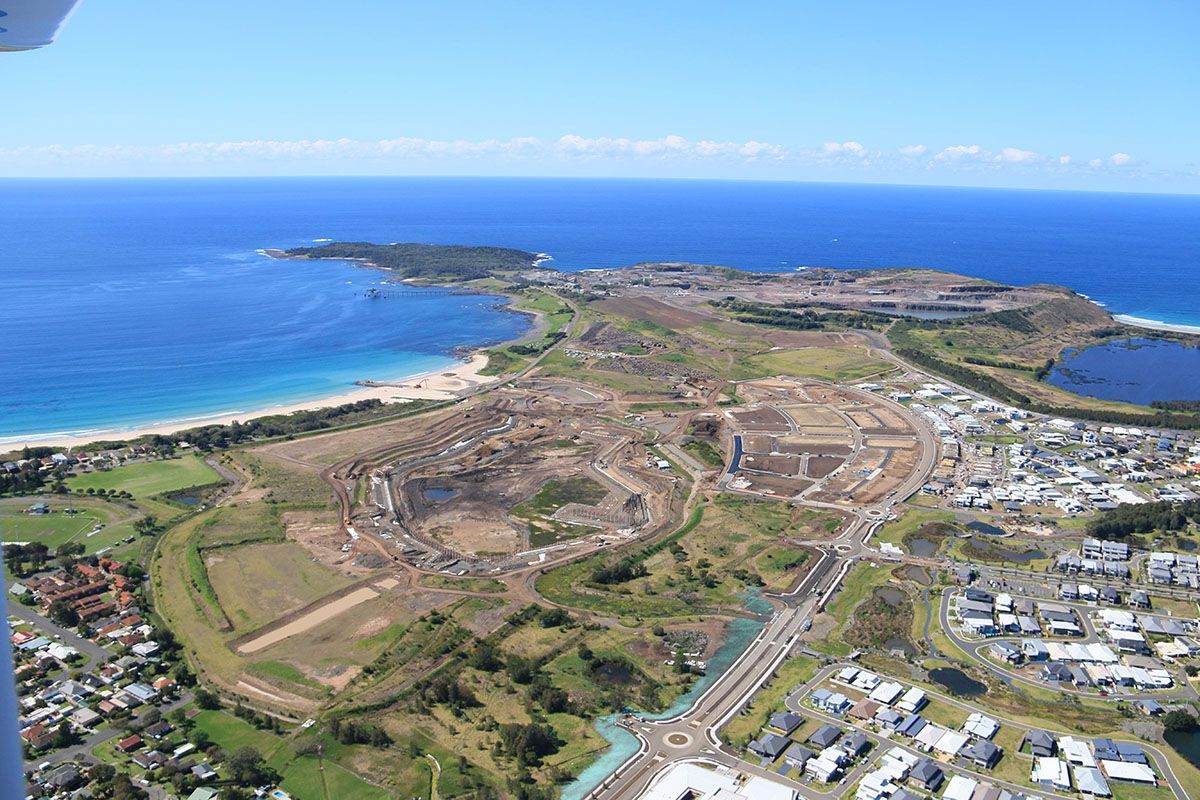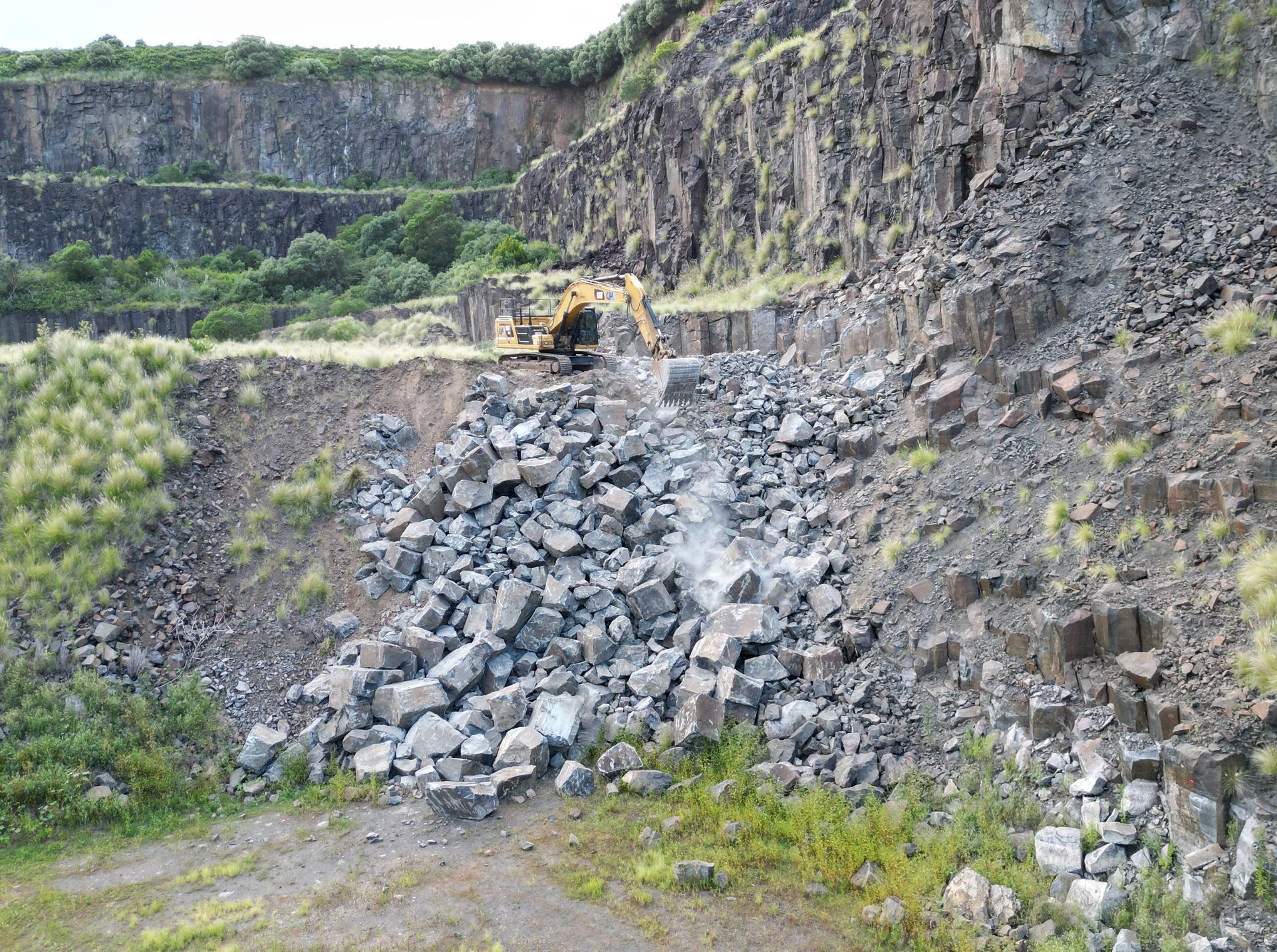Marine Construction FAQ
What Is the Difference Between Mining and Quarrying?
The difference between mining and quarrying lies in the nature of the materials being extracted and the methods used.
Mining generally refers to the extraction of valuable minerals or ores from underground or surface deposits, and involves digging deep into the earth to extract resources like coal, gold, or iron ore.
On the other hand, quarrying involves removing materials that are close to the surface, such as rocks, sand, or gravel. Quarrying is typically done by open-pit mining methods, where large amounts of material are excavated from the earth's surface.
What Are the Most Common Quarry Services?
The most common quarry services include drilling, crushing and screening, and material transportation. Drilling and blasting are used to loosen and break apart rock formations, making them easier to extract, which involves drilling holes into the rock and then using explosives to create controlled blasts.
Crushing and screening involves processing the extracted materials to produce various sizes of aggregate or crushed stone and is important for construction projects where different materials are needed.
What Is Trommeling?
Trommeling is a process used in quarrying to separate materials of different sizes. It involves the use of a rotating cylindrical screen, known as a trommel, which acts as a sieve. As materials are fed into the trommel, smaller particles pass through the holes while larger ones are retained. This helps to ensure that only the desired size of the material is used for further processing or for sale.
How Do Quarries Produce Materials?
The production of materials in quarrying involves extracting raw materials from the earth and processing them to create usable products. This typically includes some of the common quarry activities listed above, such as drilling, crushing, and screening.
The extracted materials are then sorted and categorised based on their size and quality, which is a production process that ensures that the materials meet the required specifications and are suitable for various construction and industrial purposes.
What Is Quarry Rehabilitation?
Quarry rehabilitation refers to the process of restoring a quarry site to a safe and environmentally sustainable condition after the extraction of materials has ceased. This involves various measures such as:
- Filling in excavated areas
- Recontouring the land
- Revegetating the site with native plants.
The goal of quarry rehabilitation is to minimise the impact of quarrying activities and restore the site's ecological balance, ensuring it can be used for other purposes such as agriculture or recreation.
How Is Quarry Development Carried Out?
Quarry development involves the planning and design of a quarry site before any extraction or production activities take place and most often includes assessing the geological characteristics of the area, determining the optimal layout for equipment and infrastructure, and obtaining all necessary permits and licences.
Quarry developments typically also consider factors such as environmental impact, safety measures, and community engagement. Proper planning ensures that the quarry operates efficiently and responsibly.
How Is Responsible Environmental Management Addressed in Quarrying?
Environmental management in quarrying involves implementing practices and measures to minimise the impact of quarry operations on the surrounding environment, such as monitoring and controlling air and water pollution, managing waste and hazardous materials, and conserving natural resources.
What Is Inter and Overburden Removal?
Inter and overburden removal
is the process of removing layers of soil, rock, or other materials that lie above the desired mineral or resource in a quarry. This material – also known as overburden – needs to be excavated and transported away before the extraction of the targeted resource can begin. Inter and overburden removal is an essential step in quarrying as it allows access to the valuable minerals or materials beneath, enabling their extraction in a safe and efficient manner.
Have Any More Questions About Quarrying Works?
Don’t hesitate to
contact us with your specific question about inter and overburden removal, rock and aggregate material production, or other queries about common quarrying works. Our team of experts is committed to providing reliable and cost-effective quarrying solutions across New South Wales and beyond.
